A Complete Beginner's Guide to Starting a Garden, Filled With Great Tips and Tricks
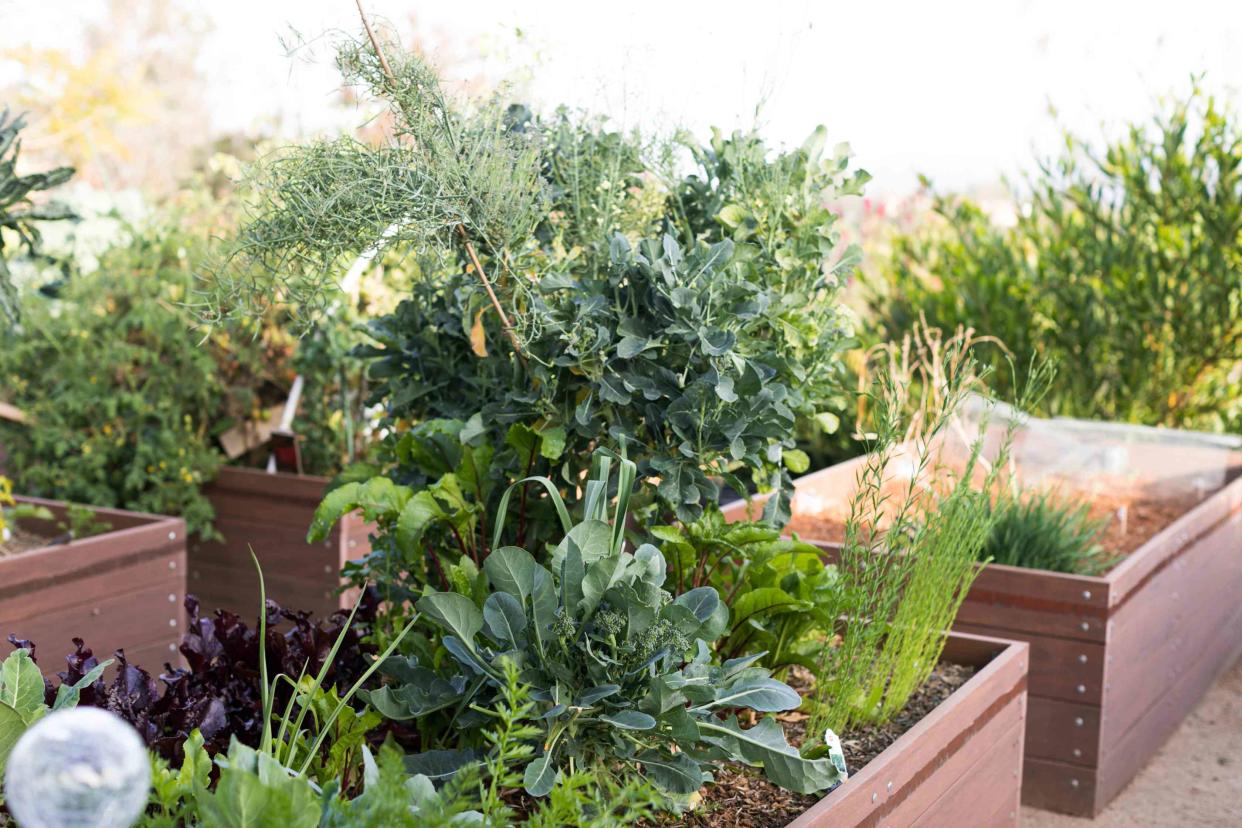
The Spruce / Alandra Chavarria
If you're dreaming of a basket filled with freshly picked vegetables from your garden but you're a beginner at gardening, there is no better time to get started.
With our guide to starting a garden, even a novice with an untested green thumb can have a successful growing season and harvest literally from the ground up!
Why Start a Garden?
Starting a vegetable garden helps provide access to fresh fruits and vegetables to your family and friends, learning opportunities about food production, and a rewarding hobby spent in nature. Gardening can be incredibly beneficial for your ecosystem and an encouraging pastime for you to get outside and get growing.
Choosing the Right Location
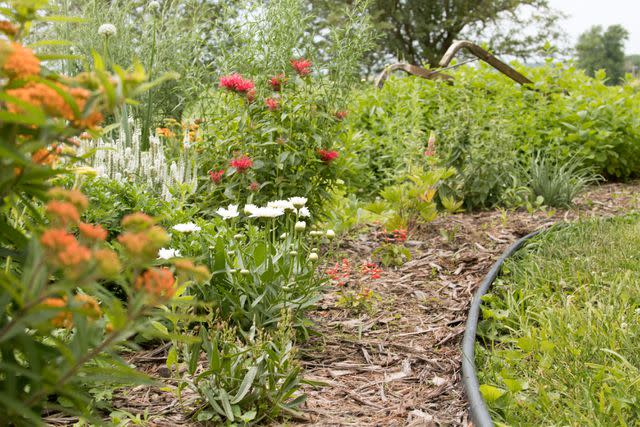
The Spruce / Colleen & Shannon Graham
Just as when buying real estate, the best garden depends on location, location, location. Before you put the first plant or seed into the ground, choose the best spot in your yard.
Here are the most important considerations:
Light: Take some time to observe what locations get full sun (6-8 hours) daily. West and south-facing locations are usually the best. Most vegetables require full sun to produce a bountiful crop while some can thrive in semi-shade.
Drainage: Plant roots need water but not too much. Waterlogged roots lead to diseases and poor fruit production. Select a flat spot with good drainage and avoid low-lying areas. While a slope does aid drainage, too much slope can lead to erosion and excessive water loss. If you must plant on a slope, create horizontal rows across the slope.
Soil Quality: A loose, loamy soil is best for a vegetable garden. But take heart if you have rock-hard clay or nutrient-deficient sand, it is easy to amend poor soil with organic matter and turn the area into the perfect growing spot.
Size: Consider how many vegetables and what you want to grow when considering the location of the garden. Consider using graph paper to draw the garden plot to scale to be sure you have enough space for your plants.
Convenience: If you have a large yard, choose a spot that is easy to access because out-of-sight/out-of-mind can lead to excess weeds and over-ripened crops. Choose a spot that has easy access to irrigation water.
Wildlife Protection: If you live in an area with an active wildlife population, look for a spot that can be fenced. A three-foot chicken wire fence will keep out rabbits but deer fences need to be at least 6-8 feet.
How to Pick the Perfect Vegetables for Planting
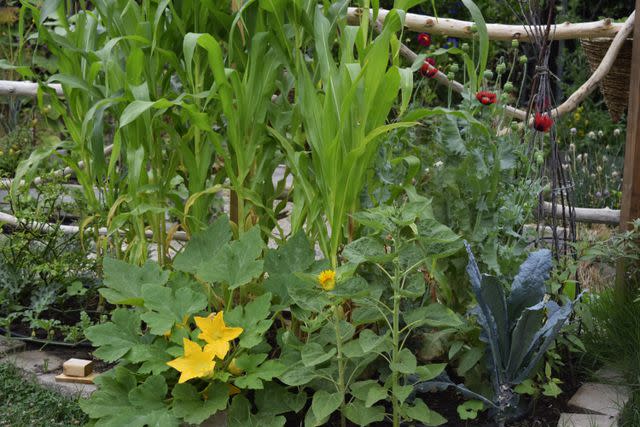
The Spruce / Randi Rhoades
For the beginner gardener, start with vegetables that are easy to grow and will fit in the area you've prepared. Lettuce, radishes, green beans, peas, zucchini or summer squash, carrots, beets, spinach, or kale are easy to grow by directly sowing the seeds into the soil.
Tomato and pepper seedlings transplanted into the garden will produce a bountiful crop. But remember to choose vegetables that you will enjoy eating. If no one in your family will touch zucchini, don't plant it (unless you want to feed the neighborhood).
As with any plant, it is vital to understand the climate or growing zone where you live. The USDA Hardiness Zone Map will help you determine the best varieties and cultivars for your area. Some vegetables just won't tolerate extreme heat and humidity even for experienced gardeners.
Other vegetables with long maturity times (watermelons) won't ripen in colder areas with short growing seasons. Contact your local County Cooperative Extension Service for excellent advice on growing vegetables in your area.
When to Plant Vegetables
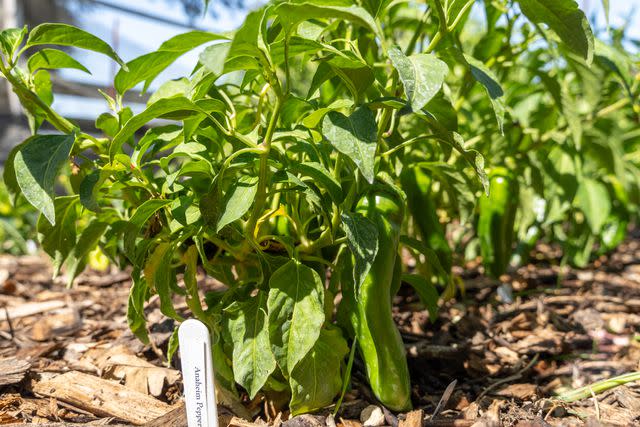
The Spruce / Jayme Burrows
Most vegetables are designated as warm or cool-season crops. In areas with long-growing seasons, you may be able to garden nearly year-round.
To get immediate gratification, start with radishes or lettuces in early spring that will be ready to harvest in around 25-30 days. You can stagger plantings by a few weeks to keep production going for several months.
Tomatoes and most root vegetables take longer to mature and set fruit and the harvest will come later in the summer. Check the seed packet label or plant information tag for how many days it takes for the plant to mature.
Warm Season Vegetables
Plant these when the danger of frost has passed and the ground temperature is warm in your area:
Cool Season Vegetables
These vegetables have short growing time requirements and can be planted in early spring and late fall. They do not do well in the excessive heat and humidity of summer.
9 Great Tips for Growing Vegetables
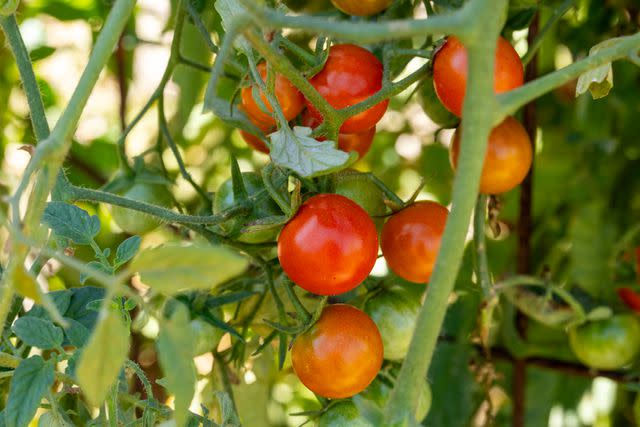
The Spruce / Jayme Burrows
Start small: If you are a first-time gardener, start small (a 10' x 10' space) and note your successes and failures. This will help you plan for the next season when you can expand your planting area and vegetable choices.
Plant strategically: Leave space between each seed or seedling so that air can circulate and the plants have room to spread and grow. If you have a large garden plot, be sure to leave pathways between rows so you have a place to walk and work.
Consider raised beds: Yards with less-than-perfect gardening soil may be too difficult to till and amend. A raised garden bed allows you to fill the "box" with top-notch soil that will help yield a good harvest.
Think vertically: Staking tomatoes, beans, peas, and cucumbers will leave more space for other vegetables. When planting staked or trellised vegetables, choose the north side of the space to prevent them from blocking the sun during peak times of the day.
Keep weeds under control: Weeds do nothing to enhance vegetable production. Stay on top of them by pulling them out (be sure to get the root) or using a hoe. Weed after a rainstorm for easier pulling.
Avoid harsh chemicals: Read every label to make sure the products you choose for fertilization and weed and pest control are safe to use on vegetables that will be consumed.
Water properly: Never allow plants to wilt from lack of moisture. How frequently you need to water depends on temperatures, rainfall, and the type of soil. The best way to water is drip irrigation at the base of the plant to prevent fungus growth on wet leaves. If you are headed on vacation, find a friend to water the garden while you are gone.
Add mulch: Mulch is a must for a garden to help keep weeds under control, hold moisture in the soil, and keep the soil cool during hot months. Apply carefully and don't pile it around the stems of the plants because that can cause rot.
Keep it going: As one crop matures and is harvested, replant the area. Stagger the first plantings about two weeks apart so that crops mature at different times.
Read the original article on The Spruce.

